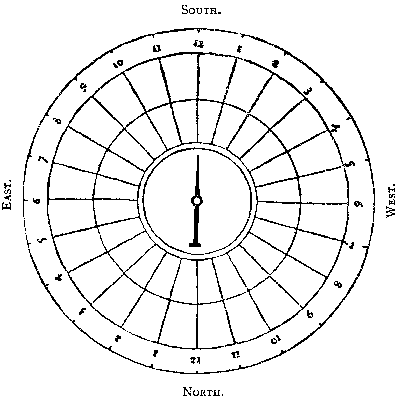The Pulfrich Effect: Physics and Astronomy Links


Here are links to topics marginally relevant to the Pulfrich Effect. They extend to the present some of the insights provided at this site relevant to technology and science.
The Lick Observatory. This observatory is of historical interest because it dates back to the beginning of observational astronomy in California. The Lick facility includes a modern, 3 meter, monolithic reflector telescope, as well as others currently in use in astronomy.
The Stanford Linear Accelerator Center (SLAC). The linear accelerator at SLAC is the largest and most productive linear particle accelerator in the world. Some photos introduce the facility as well as provide a glimpse of its planned successor.
Meteor Crater, Arizona. This is the best-preserved impact crater known on Earth. Photos from the crater rim give an idea of the effect of a 50-meter wide object which reached the Earth's surface at some 20 km/s.
Scattering of Light in the Atmosphere. Digital photography makes possible the recording of atmospheric events not usually captured on color film.
The Constancy of the Speed of Light. A simple proof is presented which shows that massless particles all must travel at the same speed, c.
The Big Boing Theory (pdf). A challenging final exam problem in special relativity is framed in a humorous setting.
Global Warming and the Weather (pdf). A simple thermodynamic argument suggests that if global warming occurs, the weather should become more variable.
Related material on the speed of light and on human factors in observational astronomy is posted at the personal equation page.
Back to Pulfrich Effect Home. University Privacy Policy
The Pulfrich Effect, SIU-C. Last updated 2009-07-28